Stunning Butterfly Pictures: Beautiful Colors & Unique Species
Butterflies are some of nature's most captivating creatures, known for their vibrant colors and delicate wings. These insects come in a dazzling array of colors and patterns, making them a favorite subject for photographers and nature enthusiasts alike. In this article, we explore the world of beautiful butterflies, showcasing stunning pictures and providing insights into their diverse species and the significance of their colors.
1. The Diversity of Butterfly Species
Butterflies belong to the order Lepidoptera, which also includes moths. There are over 20,000 butterfly species worldwide, each with its unique characteristics and adaptations. These species can be broadly categorized into several families, each known for distinct traits:
Swallowtails (Papilionidae): Recognized for their large size and characteristic tail-like extensions on their hindwings, swallowtails are often adorned with bright and striking colors.
Brush-footed Butterflies (Nymphalidae): This is the largest butterfly family, including popular species like the Monarch, Painted Lady, and Admiral. They are known for their varied and vibrant wing patterns.
Whites and Sulphurs (Pieridae): Typically white or yellow, these butterflies often feature black markings and are commonly found in gardens and meadows.
Blues, Coppers, and Hairstreaks (Lycaenidae): These smaller butterflies are renowned for their brilliant metallic colors and delicate beauty.
2. The Beauty of Butterfly Colors
The colors of butterfly wings are more than just visually stunning; they serve important ecological and biological functions. The colors are produced by microscopic scales that reflect and refract light, resulting in a spectrum of vibrant hues. These colors can serve various purposes:
Functions of Butterfly Colors
Attracting Mates: Many butterflies use bright colors and elaborate patterns to attract potential mates. For instance, the iridescent blue wings of the Blue Morpho butterfly are designed to catch the eye.
Camouflage: Some butterflies use color to blend into their surroundings, protecting them from predators. The leaf-like wings of the Kallima butterfly are an excellent example of this.
Warning Signals: Bright, contrasting colors can signal to predators that the butterfly is toxic or unpalatable. The Monarch butterfly, with its vibrant orange and black wings, is a well-known example.
Mimicry: Some non-toxic butterflies mimic the coloration of toxic species to deter predators, a phenomenon known as Batesian mimicry.
3. Capturing the Beauty: Tips for Butterfly Photography
Photographing butterflies can be both challenging and rewarding. Here are some tips to help you capture these beautiful insects:
Patience and Observation: Butterflies can be elusive, so patience is key. Spend time observing their behavior and preferred flowers or habitats.
Use the Right Equipment: A macro lens can capture the intricate details of butterfly wings. A tripod can also help stabilize your camera for clear, sharp images.
Consider Lighting: Natural light is best for butterfly photography. Early morning or late afternoon provides soft, diffused light that enhances colors without harsh shadows.
Focus on the Eyes: When photographing butterflies, try to focus on their eyes and the patterns on their wings for a more engaging and detailed shot.
4. The Role of Butterflies in Ecosystems
Butterflies play crucial roles in ecosystems as pollinators and as part of the food chain. They help in the pollination of many plants, contributing to biodiversity and the health of ecosystems. Additionally, they serve as prey for various birds, bats, and other wildlife, making them integral to the food web.
5. Conservation and Preservation
Unfortunately, butterfly populations are declining globally due to habitat loss, climate change, and pesticide use. Conservation efforts are vital to protect these beautiful insects and their habitats. Creating butterfly-friendly gardens, avoiding pesticide use, and supporting conservation initiatives can help preserve these fascinating creatures.
Conclusion
Butterflies are more than just symbols of beauty; they are vital components of our natural world. Their vibrant colors and diverse species offer endless inspiration for nature lovers and photographers. By appreciating and protecting butterflies, we ensure that these delicate creatures continue to enchant and benefit our planet. Whether you're a seasoned naturalist or just beginning to explore the world of butterflies, there's always something new and wonderful to discover in their kaleidoscope of colors.


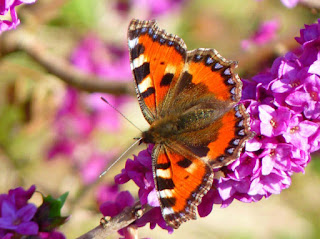
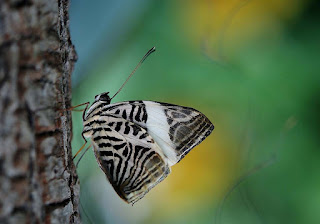
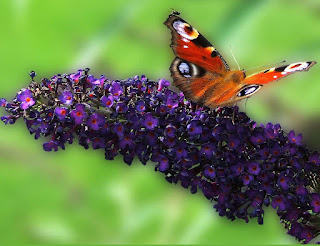
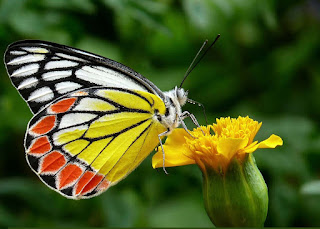
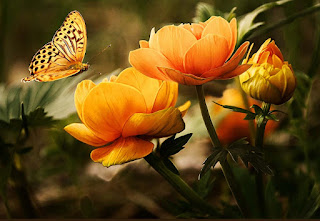
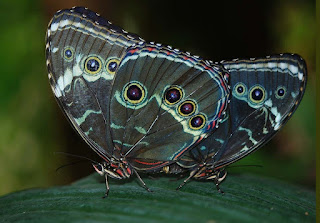







.-The-cat-sits-elegantly,-reflecting-its-calm-demeanor-and-sophisticated-appearance,-with-soft,-flowing-fur-and-a-sl.jpg)
0 Comments